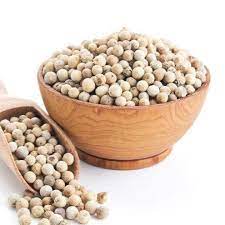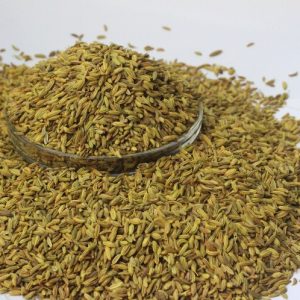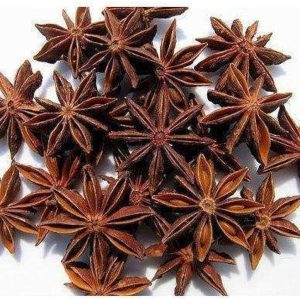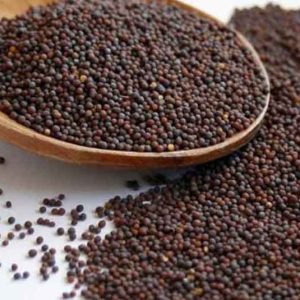SPICES&MASALA
White Pepper/Safeed Miri
₹15.76 – ₹1,260.00
Like black pepper, white pepper contains bioactive compounds such as piperine, which may have antioxidant and anti-inflammatory properties. It is also believed to aid digestion and improve nutrient absorption.
White pepper, known as “Safed Mirch” or “Safed Miri” in Hindi, is a spice that comes from the same plant as black pepper (Piper nigrum). The difference between black pepper and white pepper lies in their processing methods and flavor profiles. Here’s some information about white pepper:
- Processing: White pepper is made from fully ripe pepper berries that are soaked in water to ferment. The outer layer, known as the pericarp, is then removed, leaving behind the inner seed. The seeds are dried, resulting in white or cream-colored peppercorns.
- Appearance: White pepper has a pale white or cream color, which is due to the removal of the outer pericarp layer.
- Flavor Profile: White pepper has a milder flavor compared to black pepper. It is less pungent and has a slightly earthy and floral taste with hints of spice and heat.
- Culinary Uses: White pepper is commonly used in various cuisines around the world. It is particularly popular in dishes where a lighter color is desired, such as creamy sauces, soups, mashed potatoes, and light-colored meats like chicken and fish. It is also used in some Asian cuisines, including Chinese and Thai dishes.
- Health Benefits: Like black pepper, white pepper contains bioactive compounds such as piperine, which may have antioxidant and anti-inflammatory properties. It is also believed to aid digestion and improve nutrient absorption.
- Availability: White pepper is widely available in grocery stores, spice shops, and online retailers. It is sold as whole peppercorns or ground powder.
- Storage: White pepper should be stored in an airtight container in a cool, dry place away from sunlight. Properly stored, it can maintain its flavor and aroma for an extended period.
- Cultural Significance: White pepper has been used in cooking for centuries and holds cultural significance in various culinary traditions. It is valued for its unique flavor and versatility in enhancing a wide range of dishes.
| WEIGHT | 10GM, 50GM, 100GM, 200GM, 500GM, 1KG |
|---|










Reviews
There are no reviews yet.